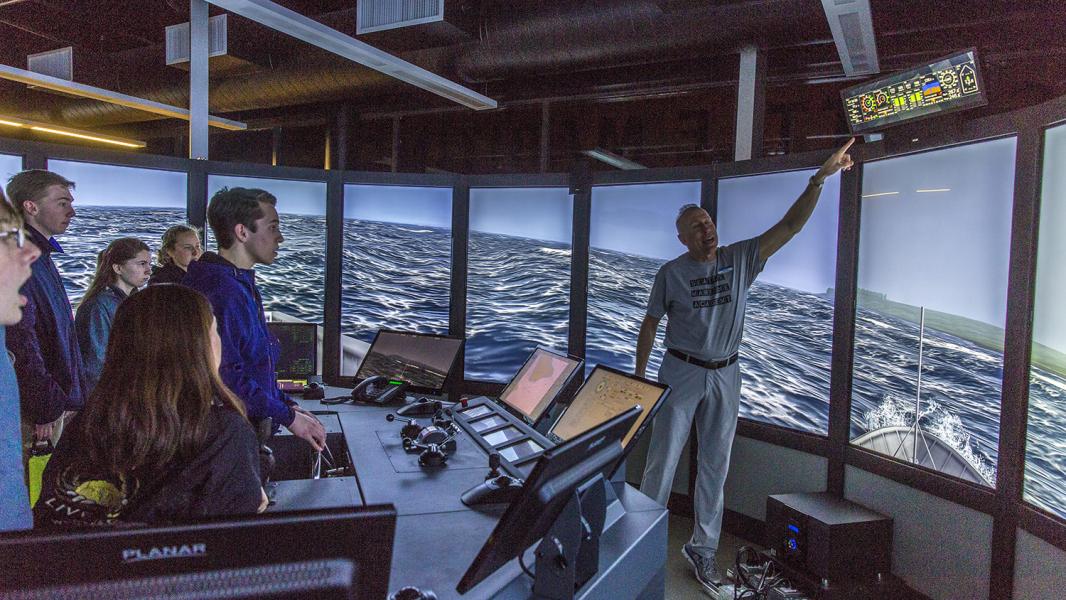
Late last month, dozens of educators, youth advocates, and maritime industry leaders from around the Puget Sound spent a day exploring opportunities to leverage our maritime assets to provide experiential, career-connected learning for high school students of color.
At a time of remarkable change in the workforce, maritime careers continue to be a bright spot for students seeking a livable wage and a stable and meaningful career. In addition, ocean-related careers will be critical to many solutions to the growing crisis of climate change.

As part of our effort to build a workforce in the maritime industry in an equitable fashion, the Port of Seattle convened the summit to determine whether expanded maritime-focused secondary education would be feasible and desirable.
Participants first agreed to a set of guiding principals surrounding equitable access, sustainability and workforce development. With those as the foundation, we then considered a variety of secondary education models, ranging from after school programs to comprehensive high schools. Examples included Raisbeck Aviation High School, the Northwest Maritime Center in Port Townsend, and several maritime and ocean education schools and programs on the East Coast, including: The New York Harbor School, Fannie Lou Hamer Freedom High School, and Rocking the Boat.
The summit provided us with a few key learnings. First, while schools and programs may operate differently, they all share one important attribute: to succeed, programs must be student-designed and student-centered. In Seattle that means working in communities of color and in areas that have not traditionally had access to the waterfront and the careers that it provides.

Second, with a renewed interest in career and technical education and career-connected learning at the state and local level, resources are available for well-designed programs that provide credentials and credits toward post-secondary degrees.
Third, any program would be building on a range of excellent programs in maritime education, from awareness building programs for elementary-aged children to career-launch programs for young adults.
And finally, with all of the resources, energy, and people available to invest in an initiative, we should think big.
Over the next three months, a taskforce of key stakeholders will take the lessons from the summit and consolidate them into a proposal to advance the initiative.


